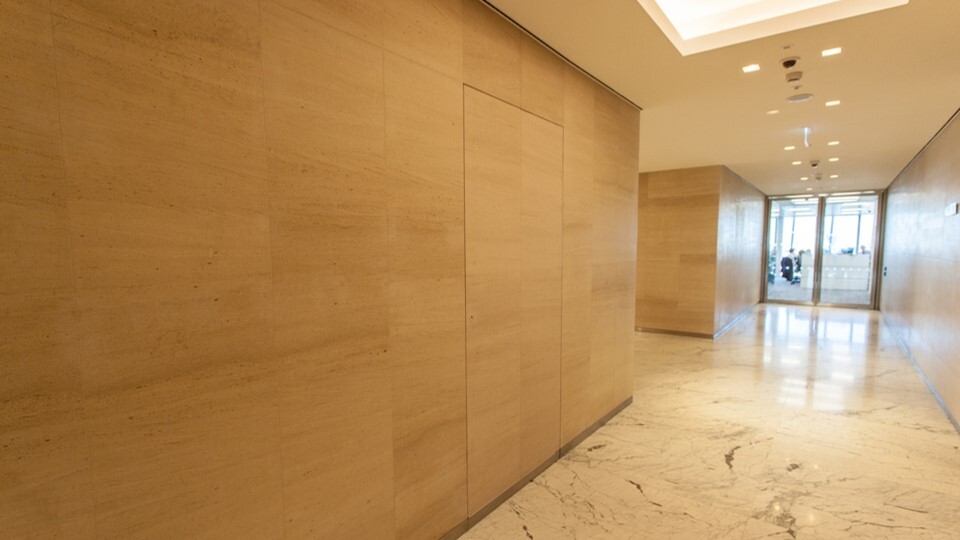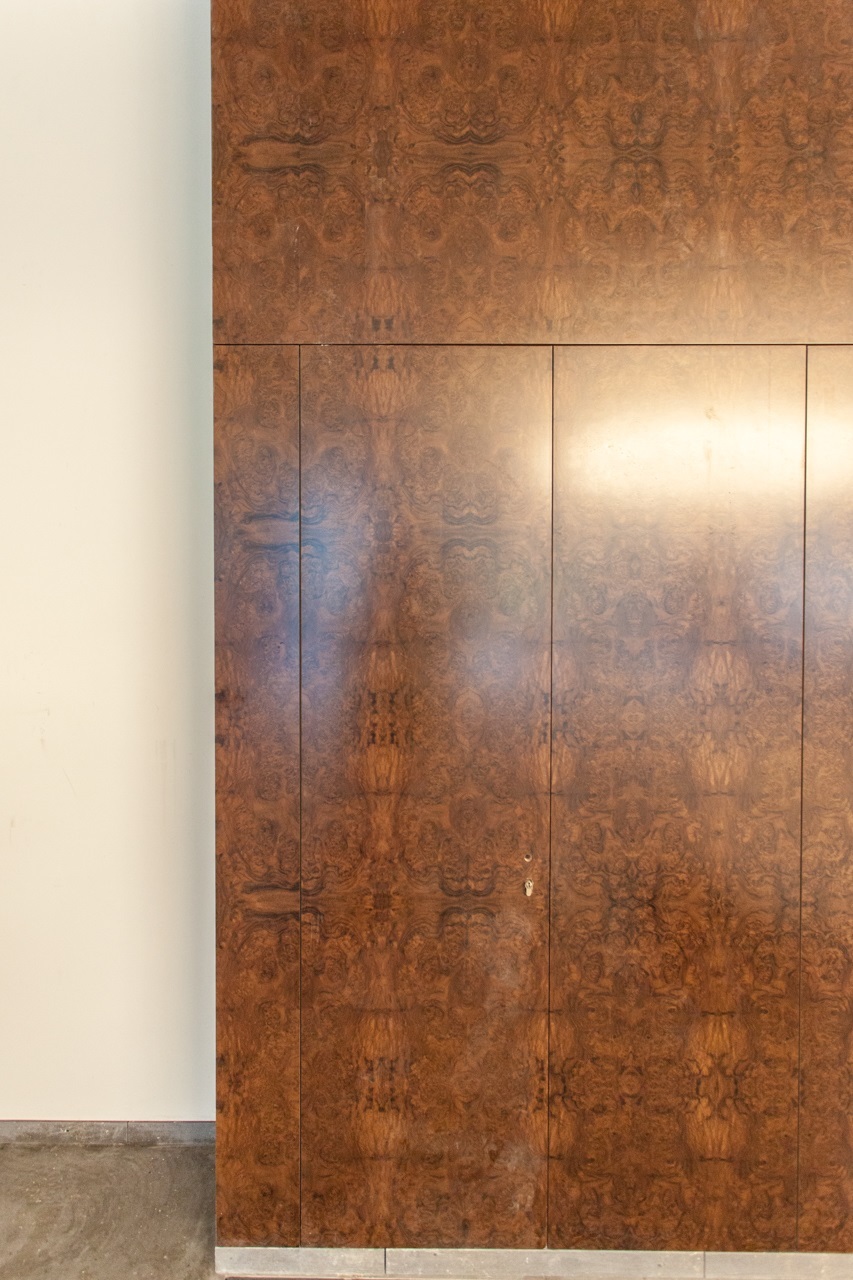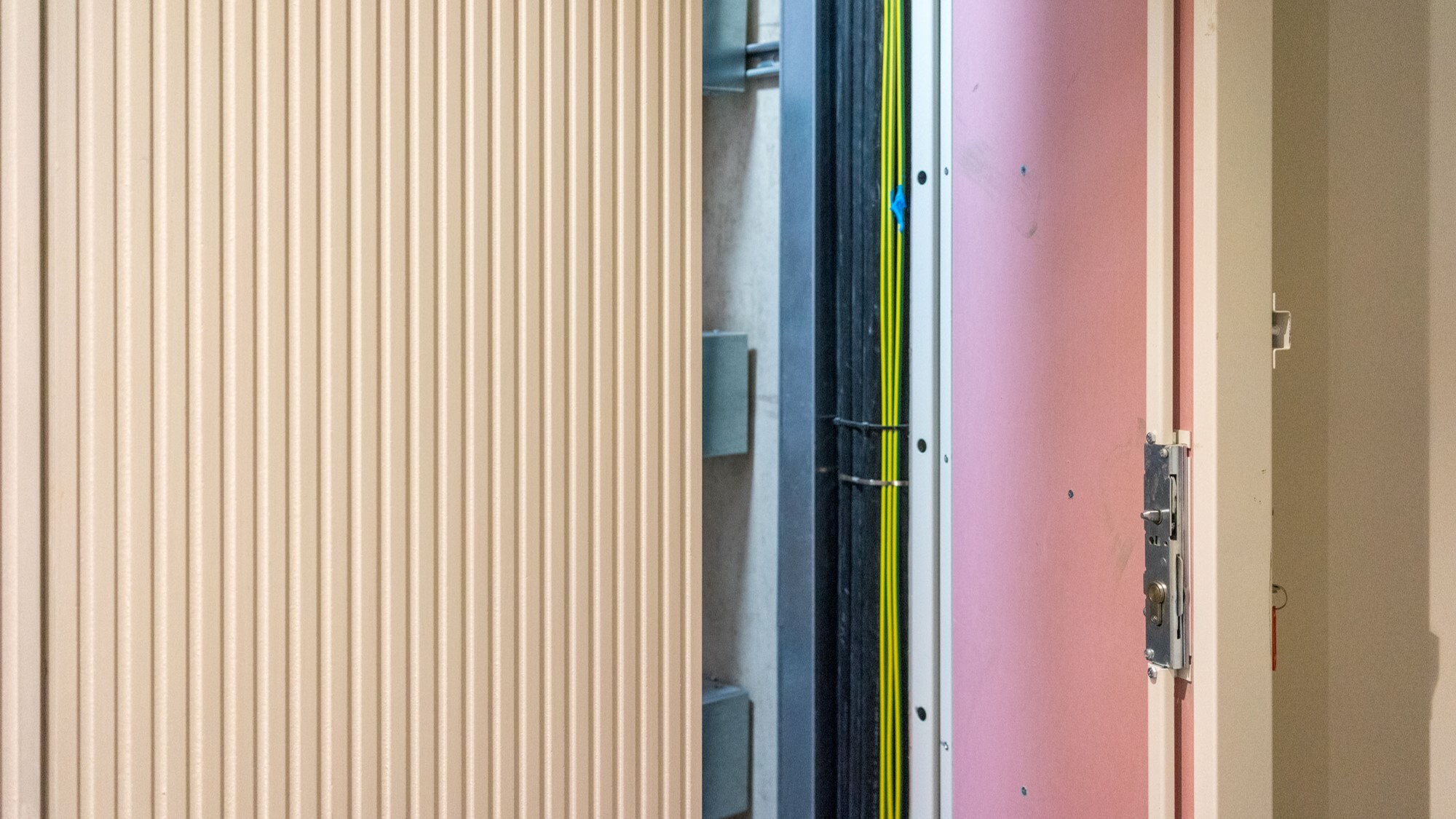Safety standards: Don’t compromise on aesthetics for performance
- June 25, 2021
- 3:38 pm


Iain Hoey
Share this content
The release of the Draft Building Safety Bill, alongside the formation of the new National Construction Products Regulator, is paving the way for new safety standards of compliance that ensures consistently remains the top priority throughout each stage of the design, construction and maintenance processes.
However, achieving these aims should not have to come at the expense of aesthetics. Here Mick Hill, Lead Technical Manager at Profab Access, discusses how architects and specifiers can secure specifications that achieve the highest safety standards and adherence with latest legal requirements, without having to compromise on style.
As riser doors offer convenient and safe access to essential services for ongoing maintenance, their primary motivation for specification is one of practicality and functionality, rather than visual appeal.

However, latest industry advancements are paving the way for a new generation of riser doors that deliver the highest standards in fire certification and performance, yet have simultaneously been designed and manufactured to help enhance the project’s interior aesthetic.
Achieving this optimum balance between style and substance can be facilitated through the specification of steel riser doors that seamlessly integrate into masonry walls, shaft walls and drywall partitions to deliver an unobtrusive finish, without impeding the ease of access for engineers.
Taking this theme one step further, by specifying riser doors that offer the ability to create bespoke facades, architects and designers can actually utilise the riser doors to complement and enhance the surrounding interior, rather than detracting from the chosen visual appeal.

For example, steel riser doors that can be clad in a range of additional materials, including stone, ceramic, marble and tiles can support the creation of a unified aesthetic that completely disguises the riser door, without affecting its fire combustibility or overall performance, as permeant means of access to mechanical and electrical services is unaffected.
This type of riser door is a popular choice for busy commercial applications, including reception areas and public washrooms, due to the facade being the exact same material as the surrounding walls.
While cladding a riser door in different materials may present initial concerns with regard to the combustibility and fire performance of the overall installation, professionals can ensure compliance and provide the highest levels of protection and suitability for the entire lifecycle of the building by specifying riser doors that have been third party tested.



